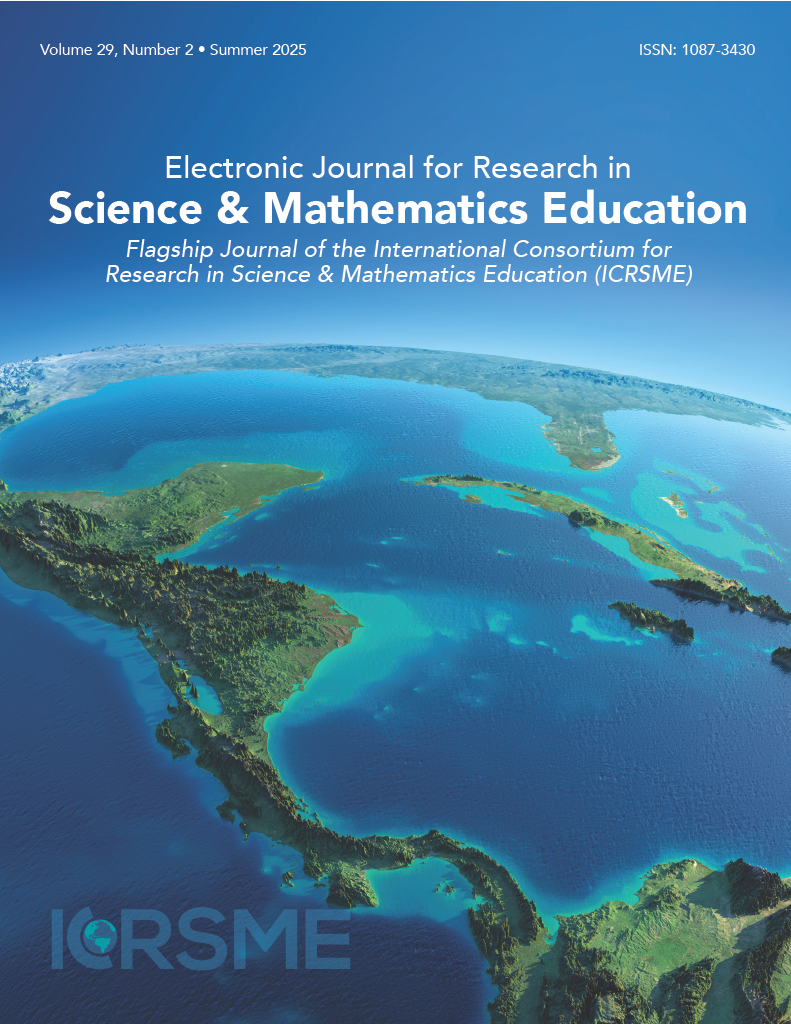Towards Improved Geometry Instruction: Learners’ Experiences with Technology-Enhanced and Conventional Van Hiele Phased Instruction
Main Article Content
Abstract
This study investigates learners' experiences and understanding of transformation geometry using two instructional strategies: Van Hiele Phased Instruction (VHPI) and Technology-Enhanced Van Hiele Phased Instruction (TVHPI), incorporating digital tools such as GeoGebra. 48 secondary school learners participated, distributed equally across gender, achievement levels, and instructional strategies. Through semi-structured interviews, qualitative data were collected to explore how each method influenced learners’ conceptual understanding and engagement with geometry. Thematic analysis revealed that TVHPI, supported by GeoGebra, enhanced visual learning and dynamic interaction with geometric concepts, though learners faced technical challenges and limited practice time. VHPI, while providing structured and step-by-step instruction, particularly benefited lower achievers but was less effective in addressing complex misunderstandings. As a result of this study, a Geometry Pedagogical Improvement Cycle (GeoPIC) framework was developed to improve the teaching and learning of geometry through a continuous and systematic process. The GeoPIC framework emphasizes adopting instructional strategies, tailoring them to individual needs, aligning with student expectations, and incorporating feedback through a cyclical reflection and adjustment process. This study highlights the potential of combining technology-enhanced tools with traditional instruction and presents GeoPIC as a model for refining pedagogical approaches in geometry education.
Article Details
© 2025 Electronic Journal for Research in Science & Mathematics Education (EJRSME)
